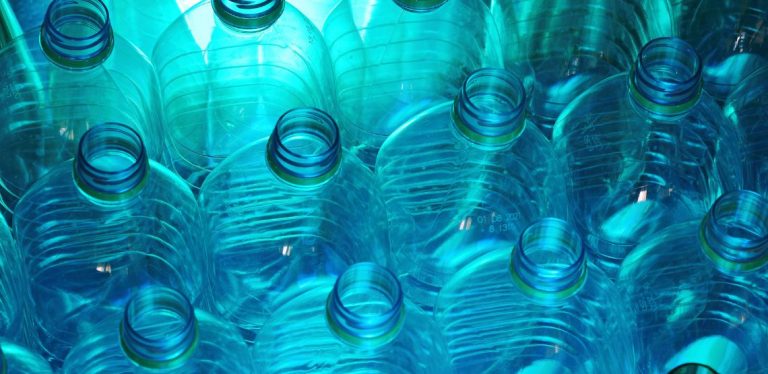Try to Avoid These Things in Your Daily Life
Various factors may contribute to the development of cancer. A combination of genetic and environmental factors that increase your risk of cancer. While you can't control your genetics, you can protect yourself with things like radon testing and avoiding certain products.
Learning what may increase your risk of cancer is the first step towards decreasing your risk. This article looks at cancer from everyday things and how to reduce your exposure.
Warning Signs of Lung Cancer
- Persistent cough.
- Shortness of breath.
- Chest pain.
- Wheezing.
- Hoarseness.
- Coughing up blood.
- Unexplained weight loss.
- Fatigue.
- Loss of appetite.
- Recurring respiratory infections.
Fireplace
Your fireplace may be warm and cozy on cold winter nights, but it can also be a source of radon. Radon is an odorless gas found in soil, air, and water. In some amounts, it is likely not harmful, but in concentrated levels, it appears to increase the risk of cancers, such as lung cancer.
Radon is also in natural gas. When heating sources, such as a gas fireplace, release radon into the air. Radon is also present in stoves, water heaters, and furnaces.
How to reduce your risk: Since radon is found in many sources, the levels can accumulate in your home. You can have radon levels in your home tested. This is important to do because radon is odorless and can't be seen, so you won't know if it's present until it's too late. According to the American Cancer Society "exposure to radon accounts for about 21,000 deaths from lunch cancer each year." You can purchase radon test kits to use yourself or hire professionals to come in. If radon is present in your home, there are different steps you can take to lower the levels and make the air quality safer for yourself and your family.
Dry Cleaning
One of the chemicals used in dry cleaning is tetrachloroethylene, which is thought to possibly increase the risk of cancer. According to a report by the Centers for Disease Control and Prevention, researchers found that dry cleaning workers had an increased risk of cervical, bladder, and esophageal cancer deaths.
The jury is still out on how long chemicals used in the dry-cleaning process stay on your clothes and what exposure you may have when wearing the clothes.
How to reduce your risk: Some dry cleaners have switched their cleaning process and have eliminated using tetrachloroethylene. Look for a cleaner that uses “green" methods in their dry-cleaning process.
Plastic Bottles
When looking at cancer from everyday things, we can't forget plastic bottles. Food and beverage containers, along with toiletry bottles, are often made of plastic. These plastic bottles may release a chemical called bisphenol A if heated. For instance, if you place a plastic food container in the microwave or leave a plastic water bottle in your car on a hot day, it may release bisphenol A.
Bisphenol A may cause cancer. According to the breast cancer website, bisphenol A is a weak synthetic estrogen. Because of its estrogen-like activity, it may dispute hormones in the body; this can cause an increase in estrogen produced, which may promote breast cancer in people with certain types of breast cancer.
How to reduce your risk: If possible, switch to glass bottles and food containers. If you must use plastic, do not drink from plastic bottles that have been left in your car. Also, avoid eating from plastic containers after they have been in the microwave.
The Sun
A little bit of exposure to sunshine helps us produce vitamin D, but too much exposure to the ultraviolet rays from the sun increases your risk of skin cancer. In fact, excess sun exposure is the main risk factor for skin cancer.
How to reduce your risk: When going out during the day, apply sunscreen with an SPF of at least 30, even on cloudy days. Limit sun exposure between 10 AM and 2 PM when the rays are the strongest.
Furniture
Furniture made with plywood may contain formaldehyde. Animal studies show that formaldehyde increases the risk of developing different types of cancer. In addition to some furniture, many different types of products may contain formaldehyde, including:
- Foam insulation.
- Wallpaper.
- Permanent press fabric.
- Some personal care products.
How to reduce your risk: Try to determine if everyday products contain formaldehyde before buying them. For example, personal care products should have an ingredient list. Many manufacturers have become aware of possible cancer associated with formaldehyde. So, shop around to find formaldehyde-free products.
If you already have furniture that contains formaldehyde, air out your home daily if possible. Open the windows or use an air conditioner and keep humidity levels low.
Haircare Products
Some haircare products, such as straighteners and dyes, contain a variety of chemicals, some of which are endocrine disrupters. According to MD Anderson Center, endocrine disrupters may interfere with naturally occurring hormone levels. Some studies show a link between endocrine disrupter chemicals and hormone-driven cancers, such as ovarian, prostate, and breast cancer.
How to reduce your risk: Check the label and select products that say they are free from endocrine disrupter chemicals, or EDCs for short.
